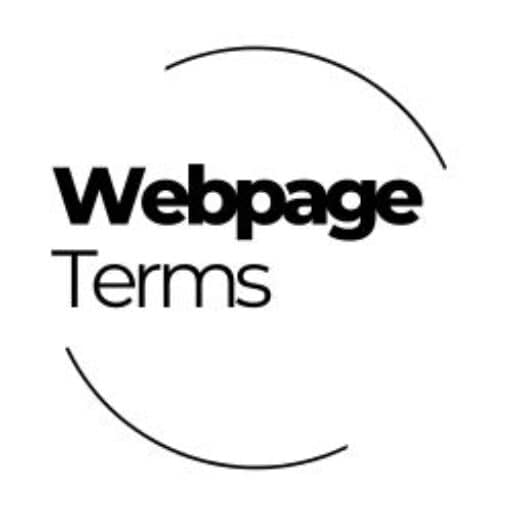Glossary
Website Themes vs. Templates
What’s the Difference? Both website themes and templates help design and structure a website, but they serve different purposes and offer different levels of customization. Website Themes A theme is a complete design framework for a website, including layout, colors,...
Website Templates
Definition A website template is a pre-designed webpage or set of webpages that allows users to create a website quickly without designing it from scratch. Templates come with predefined layouts, styles, fonts, colors, and placeholder content, making them ideal for...
Website Themes
Definition A website theme is a pre-designed template or layout that determines the overall look, feel, and functionality of a website. Themes control colors, typography, page structure, widgets, and interactive elements, allowing website owners to customize their...
Dark Mode
Definition Dark Mode is a color scheme option that changes a website or application’s background to a dark color (usually black or dark gray) while displaying text and UI elements in lighter colors. It is designed to improve readability in low-light environments,...
Favicon
Definition A favicon (short for "favorite icon") is a small icon displayed in a browser tab, bookmark list, or search results next to a website’s name. It helps users quickly identify and recognize a website. Favicons are typically 16x16 pixels or 32x32 pixels and are...
Whitespace
Definition Whitespace, also known as negative space, is the empty space between design elements on a webpage, such as text, images, buttons, and sections. It does not have to be white—it simply refers to any unused space that improves readability, visual balance, and...
Typography
Definition Typography is the art and technique of arranging text to make written content readable, aesthetically pleasing, and effective. It involves selecting fonts, adjusting spacing (kerning, tracking, and leading), and designing layouts to improve the visual...
Color Theory
Definition Color theory is the process of learning how colors interact with and influence emotions and create visually appealing designs. The research is based on the color wheel, which organizes colors into primary (red, blue, yellow), secondary (green, orange,...
Grid System
Definition A grid system is a structural framework used in web design to organize content into columns and rows, ensuring consistent alignment and spacing across a webpage. It helps designers create responsive, visually balanced layouts that adapt to different screen...
Accessibility (WCAG)
Definition Accessibility (WCAG) refers to the practice of designing websites, apps, and digital content to be usable by people with disabilities. The Web Content Accessibility Guidelines (WCAG) are international criteria created by the World Wide Web Consortium (W3C)...
User Interface (UI)
Definition User Interface (UI) has to do with the visual design and interactive elements of a website, app, or digital product. It encompasses everything a user interacts with, such as buttons, menus, icons, typography, colors, and layout. A well-designed UI enhances...
User Experience (UX)
Definition User Experience (UX) has to do with the overall experience a user has while engaging with a website, app, or digital product. It includes aspects like usability, design, accessibility, speed, and overall satisfaction. A well-designed UX makes a website easy...



